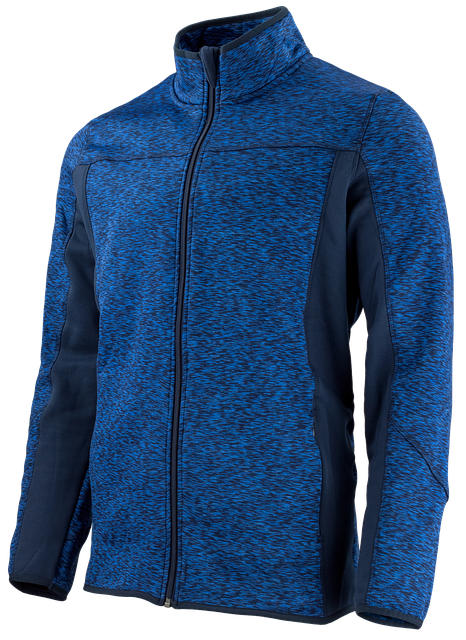Guide to Leggings: Styles, Materials, and Uses
Leggings are a versatile garment worn by many people for everyday comfort, exercise, and layered looks. As a form of clothing that stretches to fit the body, leggings have evolved from simple baselayer pieces to fashion-forward items found in casual, athleisure, and performance wardrobes. This article explains common styles, materials, how leggings intersect with fashion, their use for workout activities, and considerations for women choosing the right fit.

What are leggings?
Leggings are close-fitting garments that cover the legs and usually extend from the waist to the ankle or mid-calf. They are distinct from trousers because they are typically made from stretchable fabrics like spandex blends, nylon, cotton, or polyester and often lack the structured seams and pockets of pants. Historically, leggings referred to protective leg coverings; modern leggings prioritize stretch, comfort, and a smooth silhouette suitable for layering beneath dresses or pairing with oversized tops.
Leggings come in a variety of waists (low, mid, high) and lengths (full-length, cropped, capri). Construction details—such as gussets, flatlock seams, and reinforced waistbands—affect comfort and durability. Choice of fabric weight and opacity also determines appropriate settings: thicker, non-sheer leggings work well as outerwear, while thinner, moisture-wicking materials suit athletic use.
Leggings as everyday clothing
As everyday clothing, leggings are valued for comfort and ease of movement. They can act as a neutral base in an outfit or a statement piece when printed or textured. Many people pair leggings with long sweaters, tunics, dresses, or oversized shirts to balance proportions and create casual or polished looks. Because leggings conform to the body, considering the length of tops and the level of coverage is useful for a balanced silhouette.
Caring for leggings as everyday wear means following fabric-specific instructions: wash on gentle cycles, avoid high heat drying for elastic blends, and inspect for pilling or seam wear. Choosing leggings with a dense knit and quality stretch fibers reduces the likelihood of transparency and helps maintain shape after repeated wear. For sustainable choices, look for brands that report material sourcing and manufacturing practices.
How leggings fit into fashion trends
In fashion, leggings have moved between trend cycles—from being styled under mini skirts in the 1990s to the athleisure boom that normalized sporty garments for daily outfits. Designers and streetwear brands have experimented with different finishes, such as faux leather, mesh inserts, and bold prints, broadening leggings’ place in contemporary wardrobes. Styling can shift leggings from casual to more fashion-forward contexts depending on fabric, cut, and pairing.
Key fashion considerations include texture mixing (pairing smooth leggings with chunky knits), proportion play (oversized tops with slim bottoms), and accessorizing with footwear such as ankle boots, sneakers, or ballet flats. Seasonal fabrics also change how leggings are used: wool-blend or brushed fleece options provide warmth in colder months, while lightweight, breathable blends suit summer layering without overheating.
Are leggings suitable for workout use?
Leggings are widely used for workouts because they permit a full range of motion and can offer compression and support depending on the design. Athletic leggings typically use moisture-wicking fabrics like polyester-spandex blends, feature reinforced waistbands to prevent sliding, and may include functional details such as pockets or reflective accents. Compression leggings can improve circulation for some users during exercise, while high-waist options provide core support during dynamic movements.
When choosing workout leggings, consider activity type: high-impact sports often benefit from thicker, opaque materials and secure waistbands to minimize movement, while yoga or pilates may favor softer, more flexible fabrics. Breathability, seam placement to reduce chafing, and elastic recovery (how well fabric returns to shape) matter for longevity. Check manufacturer care recommendations to preserve fabric performance and elasticity after repeated washing.
Leggings for women: fit and sizing
For women selecting leggings, fit and sizing are key to comfort and intended use. Measurements to check include waist, hip, and inseam; many brands provide size charts or fit guides. A snug fit is normal for leggings, but they should not constrict breathing or movement. High-rise styles can offer extra coverage and support, while mid- or low-rise suits different body shapes and preferences. Consider trying several sizes or styles because fiber content and cut vary across brands.
Other fit considerations involve rise, crotch length, and leg opening. Some leggings include shaping panels or internal liners for added support. Maternity leggings and plus-size options are designed with modified construction for fit and comfort. When shopping locally or online, review return policies, fabric composition, and customer feedback to better understand how a brand’s leggings fit different body types.
Conclusion
Leggings are a multifaceted piece of clothing that bridge comfort, function, and style. Understanding fabric types, construction details, and intended use—whether as casual wear, a fashion element, or activewear—helps in selecting leggings that meet personal needs. Fit, care, and thoughtful styling can extend the usefulness of leggings across seasons and activities, making them a practical addition to many wardrobes.






